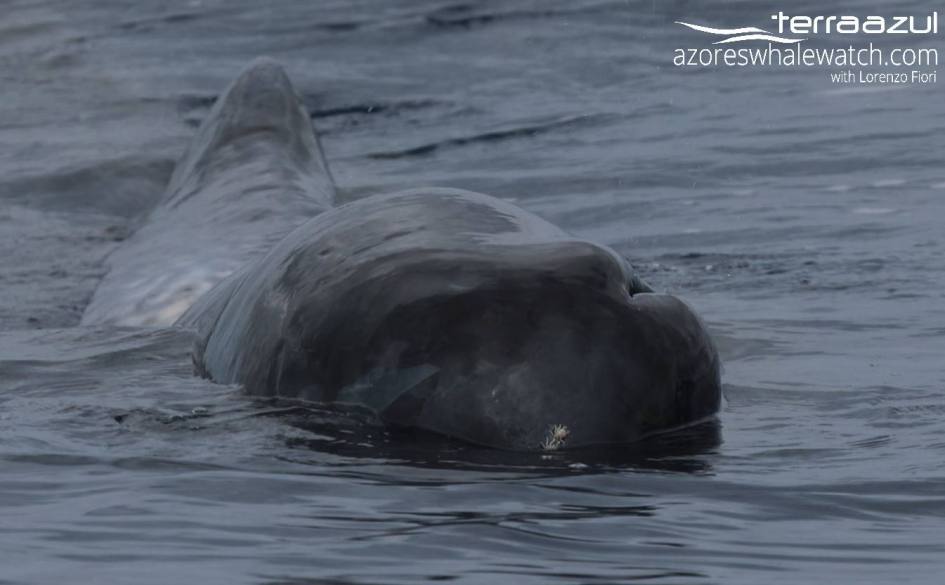
Hello everyone,
Did you notice it too?
The last couple of weeks our Sperm Whales are jumping a lot! They are known to breach, but of course it’s not something we get to see every day. Most of them are juveniles, they might jump for fun. But also adults do breach. They do it to communicate or to get rid of something on their skin.
One proposed benefit of breaching is the removal of ectoparasites. Whale lice for example!
We all know lice, and especially that crushing feeling of itchiness due to them… Lice are common on marine mammals too. In our sightings summary of January (click here) you could already read something about them.
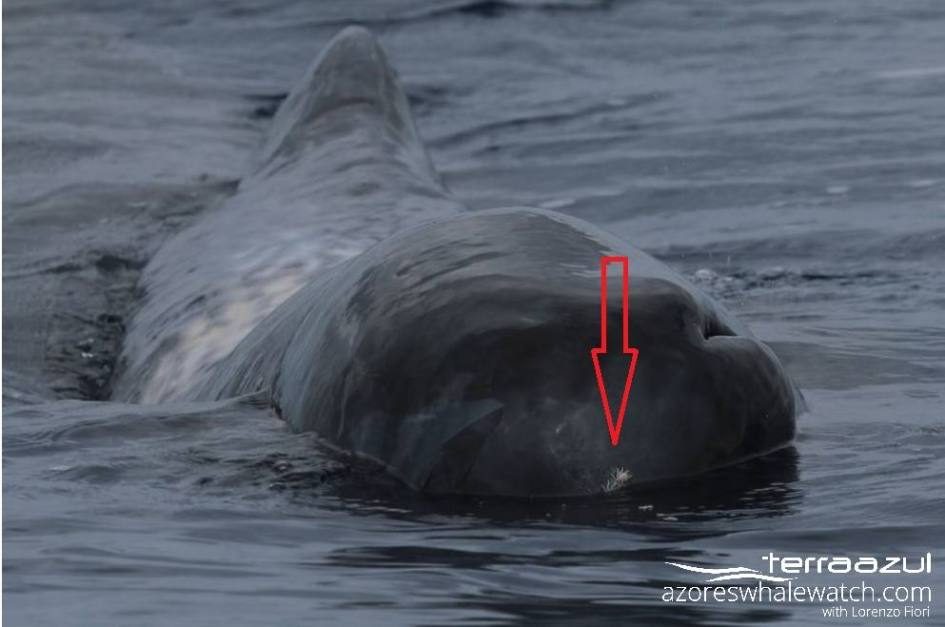
Sperm Whale (Physeter macrocephalus) with whale lice on top of the head
Despite the name, whale lice are not true lice (which are insects). They are amphipod crustaceans, with an appearance closely related to skeleton shrimp.
Whale lice are external parasites sizing from 6 to 20 mm with exceedingly sharp claws that enable them to attach on the whale’s body. They eat the dead outer layer of their host’s skin and possibly other food that sticks on the skin such as bacteria and algae.
Most individuals spend their entire life on their whale of birth. However, if every individual did that they would go extinct, because every whale will eventually die. Therefore they have to find opportunities to transfer between whales that touch each other. What’s a better occasion to do this than when mother whales give birth and nurse their calves? That’s why the lice are mostly concentrated in and around the genital and mammary slits of the whale.
The sneaky whale riders 🙂
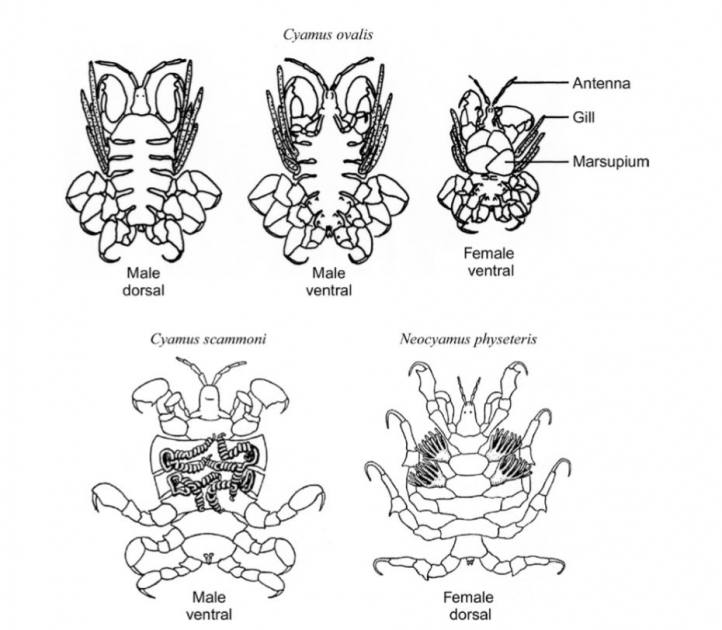
Three whale lice species from right, gray and Sperm Whales, respectively. Source: Encyclopedia of Marine Mammals IIIrd Ed. Bernd Würsig, I. G. M. Thewissen & KIT M. Kovacs
References:
Würsig B., Thewissen J.G.M., Kovacs K. M. 2018. Encyclopedia of Marine Mammals, third edition. pp. 1051 – 1054












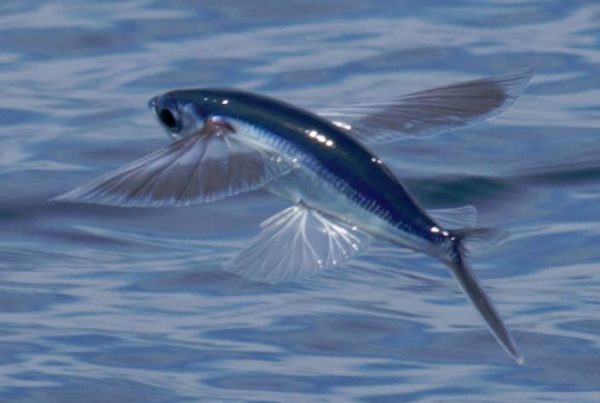
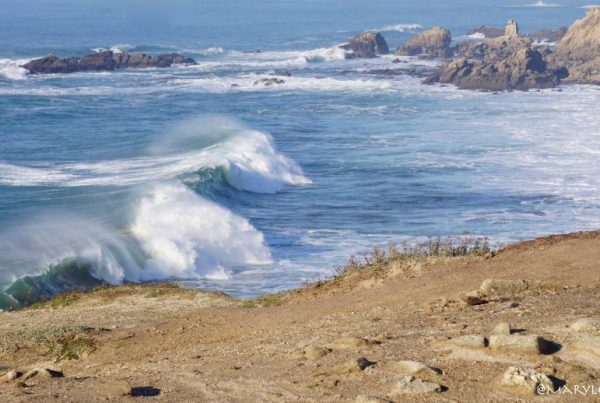
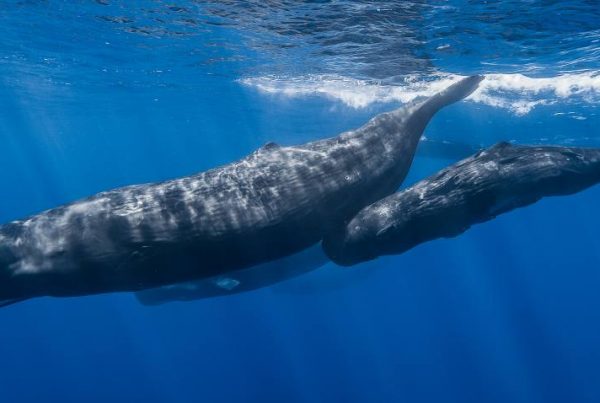



Your thoughts on this?